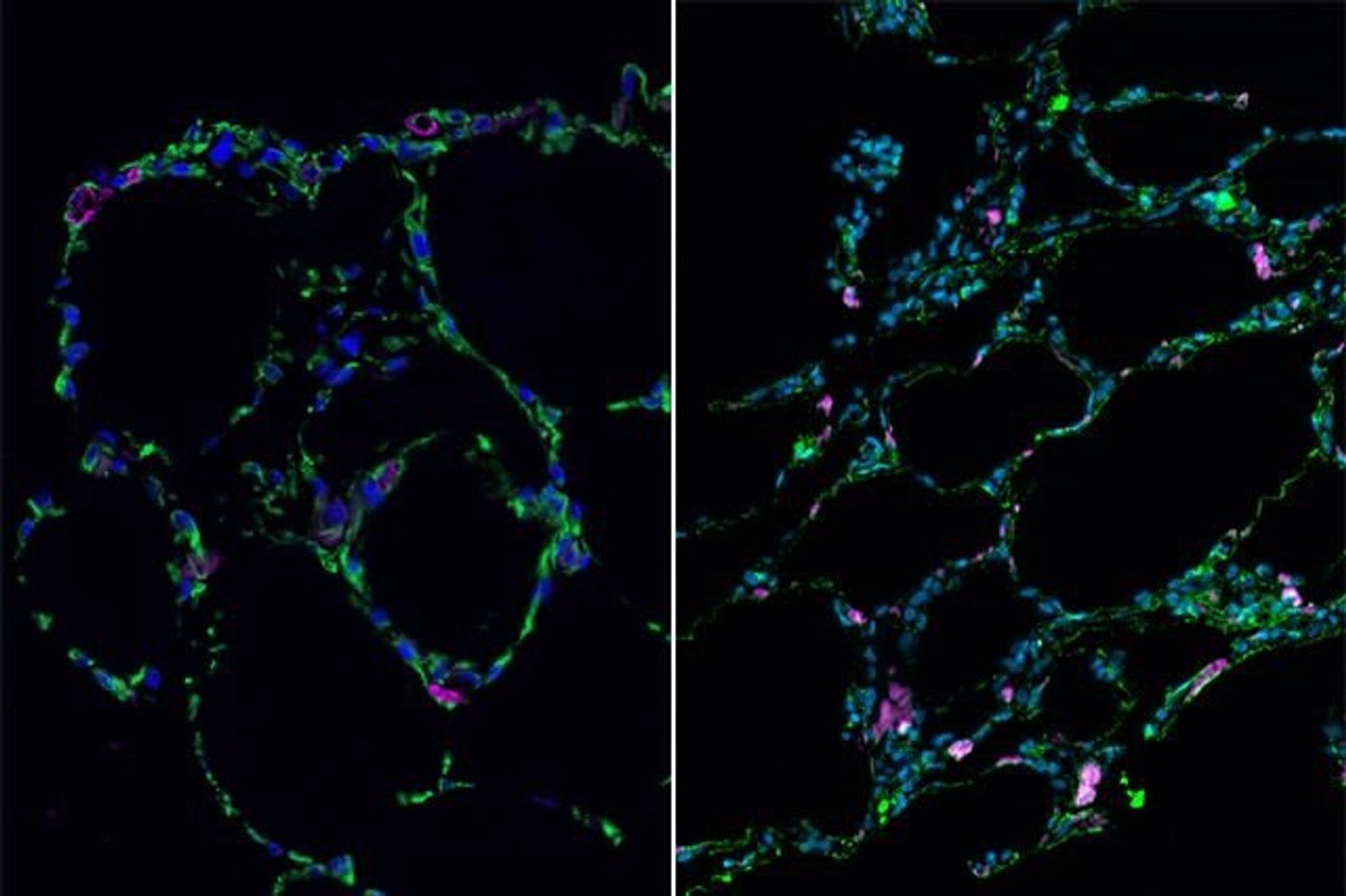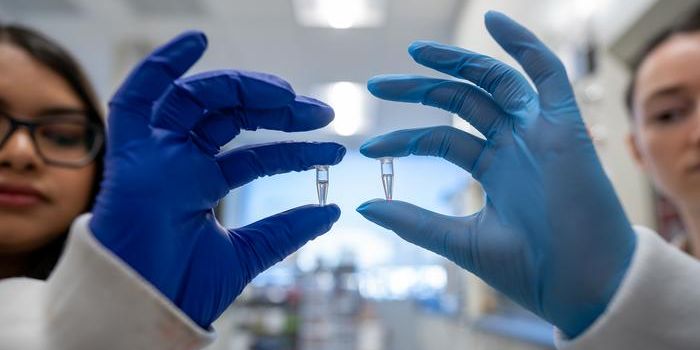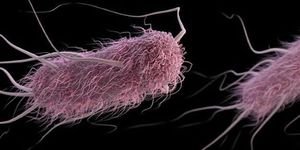In the past year, biomedical engineers have created l
ab-grown heart cells,
retinal nerve cells, and even
vocal cords that can ‘talk.’ Adding to the astonishing list of organoids engineered in the lab, researchers at the University of California announced
3D lab-grown lung tissues.

"While we haven't built a fully functional lung, we've been able to take lung cells and place them in the correct geometrical spacing and pattern to mimic a human lung," said Brigitte Gomperts, an associate professor of pediatric hematology/oncology at UCLA, and the study's senior author.
The team began by chemically treating cells derived from adult lungs back to its stem cell state. Then, these cells were used to coat sticky hydrogel beads, which formed a scaffold for the 3-dimensional shape of the air sacs in the lungs.
"The technique is very simple," said Dan Wilkinson, a graduate student in the lab, and the paper's first author. "We can make thousands of reproducible pieces of tissue that resemble lung and contain patient-specific cells."
The straightforward approach of creating lungs-in-a-dish was intended to help researchers study defects in the lung that can’t be replicated meaningfully with two-dimensional (2-D) cells grown in a dish. In particular, it’s not possible to mimic the scarring that happens in idiopathic pulmonary fibrosis in 2-D cells because the sick cells appear to recover once taken out of the patient.
With the new technique, researchers are able to induce the fibrosis (scarring) with certain chemicals. This is a more accurate representation of the cells in patients with Idiopathic pulmonary fibrosis.
Furthermore, the model can be immensely useful in testing of new drug targets that slow down or potentially even reverse the lung scarring. Gomperts points out that because the procedure is very simple, multiple organoids can be grown just for one patient. She sees this as opening the door to streamlined, targeted treatments for every individual patients – an approach that’s much in line with the Precision Medicine Initiative. "This is the basis for precision medicine and personalized treatments," Gomperts said.
Additional source:
UCLA









